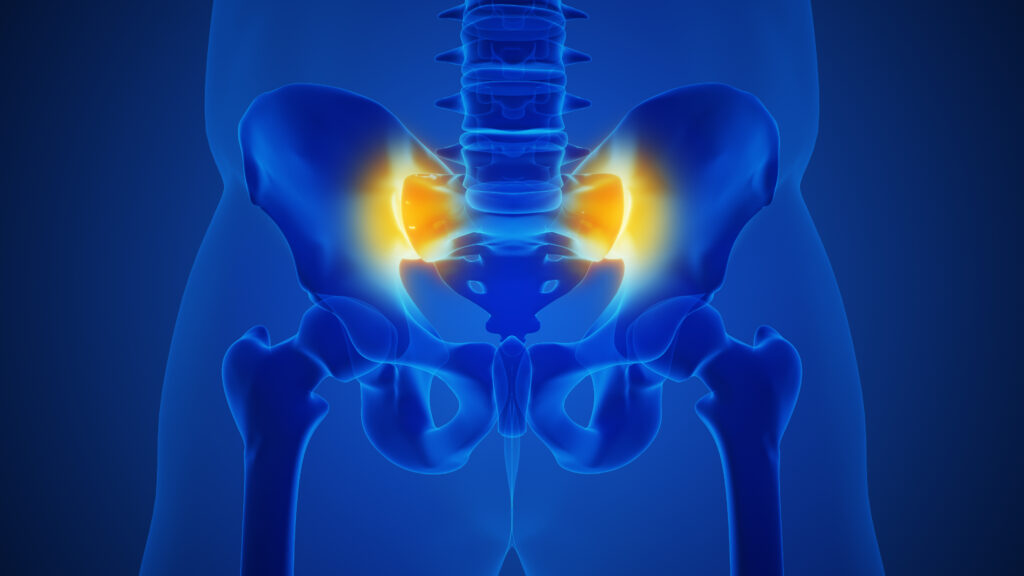In the realm of endurance athletics, where training and racing often extend over long durations and through challenging conditions, the importance of managing one’s physiology cannot be overstated. While the mechanics of endurance performance are widely understood—such as aerobic capacity, lactate threshold, and the role of VO2 max—beyond these metrics lies a less explored territory: the potential influence of axial spondyloarthritis (axSpA) on endurance athletes. Though not a common topic in mainstream sports nutrition discussions, understanding this inflammatory condition can provide insights that might enhance performance and recovery, particularly for those athletes who experience persistent back pain or stiffness.
AxSpA is predominantly characterized by chronic inflammation in the spine and sacroiliac joints. For endurance athletes, even subtle symptoms could lead to disruptions in training. Inflammatory back pain, which often varies from typical mechanical pain, may be a sign that warrants more than mere acknowledgment. Early detection and intervention can be critical for an athlete whose training demands high levels of mobility and functional capability. The microscopic inflammatory processes that characterize axSpA might also affect how well an athlete can maintain their training loads, manage recovery, and optimize nutrition strategies.
A primary consideration for endurance runners is understanding how inflammation can influence metabolism. While athletes often concern themselves with macronutrient composition—balancing carbs, fats, and proteins—it is important to recognize that underlying inflammation may disrupt the body’s metabolic efficiency. This inefficiency can affect how well an athlete utilizes these nutrients. As inflammation rises, the metabolic rate can also be altered, impacting fuel utilization and endurance performance. This becomes particularly problematic when racing for long durations, where the correct fueling strategy, including nutrition timing and gut tolerance, can significantly influence performance.
In terms of fueling strategies, endurance athletes should be adept at identifying the types of fuel that work best for their unique metabolic responses. Athletes experiencing symptoms of axSpA might find that certain foods or eating patterns exacerbate discomfort or lead to gastrointestinal issues during exercise. For instance, high-fat meals right before a workout may be harder to digest, influencing energy levels and gut tolerance. Instead, focusing on easily digestible carbohydrates during intense training periods or fueling sessions could help maintain energy levels while minimizing the risk of gastrointestinal distress.
Hydration, too, plays a crucial role in overall performance. The inflammatory processes linked to axSpA can influence fluid balance and retention. Endurance athletes are already at risk of dehydration, particularly in challenging racing conditions. Therefore, ensuring optimal hydration protocols—combining electrolytes and fluids before, during, and after exercise—becomes not just a matter of performance, but also a means to counteract inflammatory responses that could further hinder athletic capability.
Recovering post-training or post-race is equally vital. Given that axSpA suffers from a delay of often seven years before diagnosis, athletes should be mindful that what they may dismiss as normal fatigue or discomfort might in fact require more specialized intervention. Implementing a structured recovery routine that incorporates both active recovery techniques and targeted nutrition can support muscle repair and inflammation reduction. Nutrients such as omega-3 fatty acids can be instrumental in these processes, as they possess anti-inflammatory properties and can bolster muscle recovery.
An attention to metabolic efficiency should also be atop an endurance athlete’s priorities. This means training the body to use fat more effectively as a fuel source rather than relying predominantly on carbohydrates, especially during lower-intensity efforts. If an athlete is more acutely aware of their body’s inflammatory responses and how nutrition timing can mitigate these effects, they may find they can train longer and harder while preserving a higher functional threshold over time.
Incorporating supplements into an athlete’s regimen can also be of benefit. While there’s no one-size-fits-all supplement for managing inflammation associated with axSpA, exploring options such as turmeric, curcumin, or specific joint-supportive nutrients may provide modest improvements in overall recovery and adaptation to training loads. This is particularly relevant during periods of intense training or competition when recovery times might be shorter and inflammation more prevalent.
Ultimately, the key takeaway here for endurance athletes is to maintain a holistic view of their training and health. Monitoring one’s baseline metrics—like mobility and comfort levels—can uncover potential signs of inflammatory conditions like axSpA before they severely impact performance. This practical vigilance should extend from pre-training nutrition to post-exercise recovery routines, ensuring that athletes remain attuned to how inflammation modifies their physiological responses. In succeeding to navigate the realms of fueling, performance, and recovery through the lens of inflammation awareness, athletes can position themselves strongly against the rigors of endurance training and racing, equipping themselves for greater successes on the course.
